- The countries of the Arabian Peninsula have jumped into the wave of hydrogen production

With the increasing emphasis on economic electrification based on low-carbon or zero-carbon, hydrogen is gradually becoming a promising energy carrier. Renewable hydrogen is hydrogen produced by the electrolysis of water using electricity provided by renewable energy. There are also different types of hydrogen energy, among which green hydrogen, electricity from renewable energy sources is used to electrolyze water and separate hydrogen and oxygen. Blue hydrogen is produced by steam reforming using natural gas, and most of the greenhouse gases are captured and stored. Ash hydrogen is produced by steam reforming using natural gas, but there is no carbon capture and storage. Brown hydrogen is produced using coal instead of natural gas, but there is no carbon capture and storage.
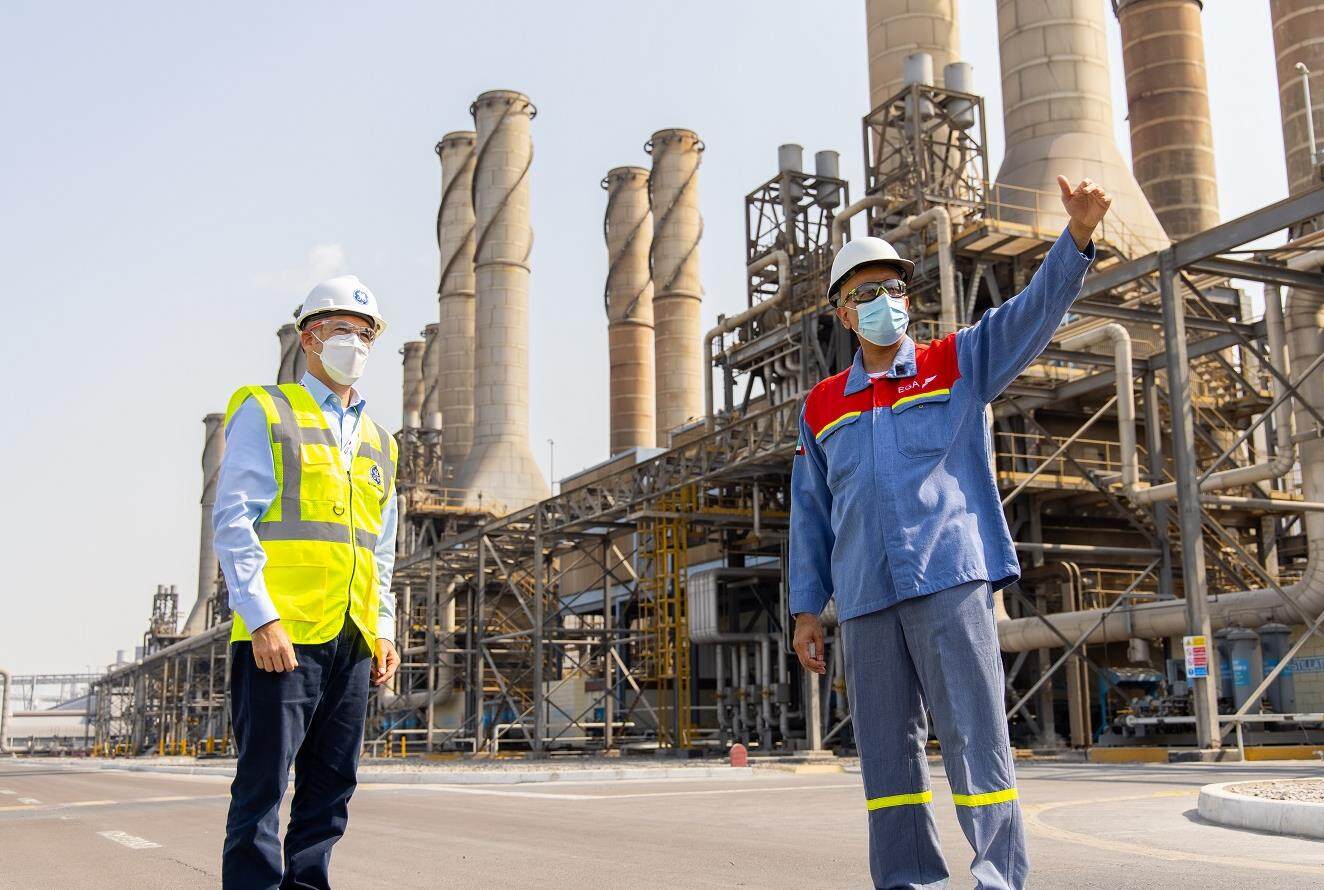
During the entire life cycle of renewable hydrogen production, greenhouse gas emissions are close to zero. Hydrogen has a wide range of uses, whether it is used as a raw material for industrial and chemical purposes, mixed with natural gas for power generation, used as a fuel cell as a transportation fuel, or used to store excess renewable energy. Green hydrogen solves the problem of intermittent renewable energy treatment because it can be stored and transported according to the season or even for a long time. In some areas, due to the integrated grid and intermittent power supply, solar power generation capacity may decline in the next five years, and hydrogen can help store additional energy. Since the production of green hydrogen is based on the provision of clean electricity, solar energy will become the key to its growth.
The IEA model shows that by 2050, the global demand for hydrogen will reach 528 million tons. In 2020, global consumption will reach 87 million tons. This growth is driven by existing applications (chemical feedstocks, oil refining) and new applications of hydrogen. The global hydrogen market is expanding at a rate of 6% per year and is expected to reach US$180-200 billion by 2025. According to Goldman Sachs Group's forecast, by 2050, the market value of green hydrogen will reach 10 trillion euros.
Advantages of developing hydrogen in the Middle East
So far, the growth of clean hydrogen has been driven by hydrogen adaptation leaders in Europe, Japan, South Korea, China, and the United States, and the Middle East is now taking a similar approach. Cost factors and export potential will determine whether hydrogen will become a strong export proposition in the Middle East, whether it is green hydrogen produced from renewable energy, or blue hydrogen produced from hydrocarbons using carbon capture, utilization and storage (CCUS) technology . With the development of solar, wind, and electrolytic batteries, the cost of renewable energy has fallen, and it is expected that green hydrogen will become more cost-competitive over time. However, due to low natural gas prices in the Middle East, blue hydrogen will play a key role in the short to medium term.
The combination of low-cost natural gas resources and low-cost renewable energy makes menA a strong candidate for major hydrogen export regions, whether blue or green. Some countries, such as Saudi Arabia, have actually taken measurable measures to position themselves as low-cost exporters of blue-green hydrogen, net-zero ammonia and other low-carbon products.
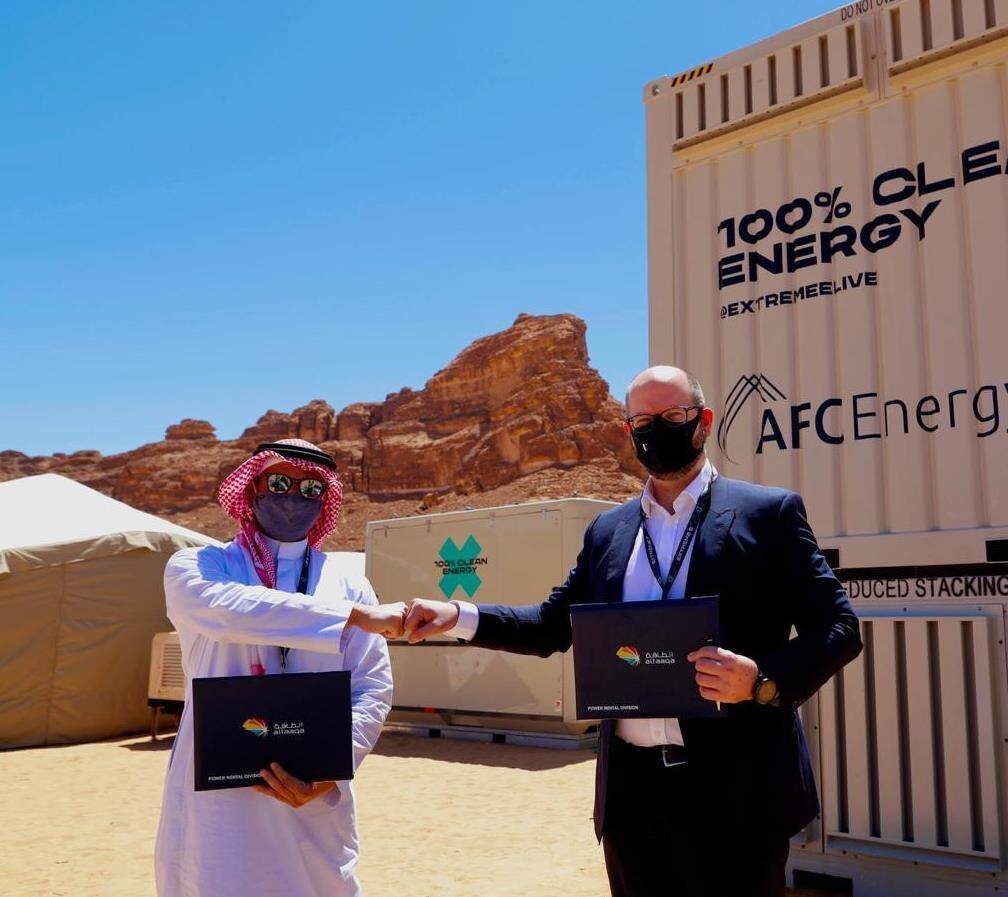
The Middle East, the world's largest oil export region, has set its sights on becoming a major clean energy exporter of green hydrogen. The largest oil producer in the Arabian Gulf has joined the ranks of hydrogen energy, especially the so-called green products produced by water electrolysis using solar or wind power, because it has gained momentum in governments and the world’s largest international oil companies. . Juxing Fortune said that hydrogen is expected to play a prominent role in reducing carbon emissions in energy-intensive industries. The Middle East does not want to miss this opportunity. On the one hand, it hopes to show the world that with the acceleration of the global energy transition, it can not only export crude oil, but also clean energy. On the other hand, some of OPEC's oil-dependent economies are determined to diversify their exports of green energy and stay away from oil.
The development momentum of hydrogen energy in the countries of the Arabian Peninsula is on the rise
Saudi Arabia is experimenting with a different approach. Saudi Aramco cooperated with Saudi Basic Industries Corporation (SabIC), and with the support of the Ministry of Economy, Trade and Industry of Japan, exported 40 tons of cyanide to Japan. Japan’s 30 million tons of cyanide power generation accounts for about 10% of the country’s electricity.
Acwa Power CEO Paddy Padmanathan (Paddy Padmanathan) said that clean fuels can become a catalyst for Saudi Arabia's new decarbonized industrial economy. ACWA Power and Air Products has participated in a $5 billion project. The world's largest green hydrogen production base is located in the future city of NEOM in Saudi Arabia. It is powered by 4GW of renewable energy. The plant will use solar and wind energy to produce hydrogen from water, and then mix it with nitrogen in the air to produce 1.2 million tons of ammonia per year as a carrier of green hydrogen. Air Products also plans to invest US$2 billion to build distribution infrastructure, including warehouses that convert ammonia into hydrogen for use in buses, trucks and cars. The project is expected to start operations in 2025.
Dubai is an emirate of the United Arab Emirates (UAE) and is currently OPEC’s third largest oil producer. In cooperation with Siemens Energy, Dubai Water and Power Authority (DEWA) and Dubai Expo 2020, it launched the first industry in the Middle East and North Africa. Large-scale solar green hydrogen facilities. During the day, the plant uses part of the photovoltaic power generation in the Al Maktoum Solar Park to produce green hydrogen through electrolysis. At night, green hydrogen is converted into electricity to provide sustainable energy for the city. Juxing Fortune believes that by 2030, the solar park will generate up to 5 gigawatts of clean energy and become the world's largest single-point solar park. Considering that the region is sunny, Dubai and the entire Middle East will have a prospect for solar power generation. bright. Juxing Fortune also stated that in the context of the low cost of solar photovoltaic power generation and wind power generation in the region, hydrogen may become a key fuel in the future energy structure and may open up energy export opportunities for regions that are rich in renewable energy.
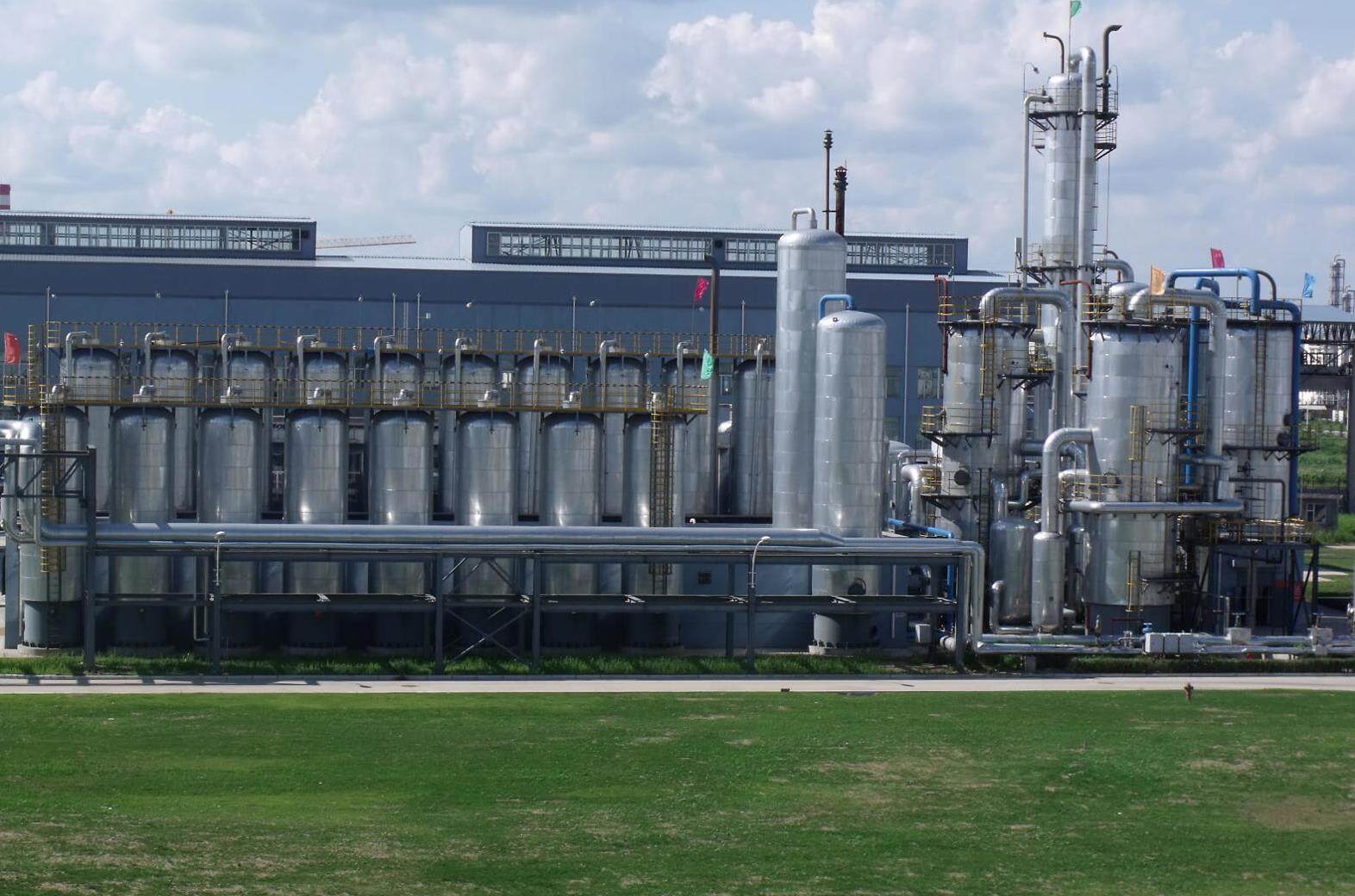
In Dubai, the first solar hydrogen electrolysis facility was launched by DEWA in 2019 and will be fully operational in 2022. The plant is located at the DEWA R&D Center in Mohammad Bin Rashid Solar Park. It will produce and store hydrogen for other purposes, such as re-electrification and transportation. This will be a major demonstration project for the Dubai World Expo in 2021, using hydrogen to generate electricity for fuel cell vehicles (FCEV).
In recent months, the Federal Ministry of Energy (Federal Ministry of Energy) has been developing a green hydrogen strategy. At the end of November, ADNOC CEO and Minister of Industry and Infrastructure Dr. Sultan Al Jaber also announced: “We see hydrogen as a potential new project in the clean energy and clean technology strategy.” Similarly, TAQA acquired Abu Dhabi in 2020. After comparing all the power and water assets, it has shown interest in developing green hydrogen production capacity.
Oman, another oil-producing country in the Middle East, also issued a major statement concerning green hydrogen. Oman’s state-controlled energy company OQ, Hong Kong-based green fuel developer InterContinental Energy Corporation, and Kuwaiti government-backed clean energy investor and developer EnerTech announced a plan for the world’s largest green hydrogen facility. This nuclear power plant will be powered by 25GW of renewable energy, and the cost may be as high as 30 billion U.S. dollars. Juxing Fortune stated that given the project’s strategic location between Europe and Asia, as well as the excellent solar irradiance and wind energy resources facing the Arabian Sea, the project is fully capable of providing safe and reliable products worldwide at a very competitive price. Of green fuel supply. Saudi Arabia, the region's largest oil producer and the world's largest oil exporter, is also paying attention to green hydrogen projects and the emerging market share of clean hydrogen. NEOM, a future sustainable city promoted by Saudi Crown Prince Mohammed bin Salman, signed an agreement with Air Products and Saudi ACWA Power for a US$5 billion green hydrogen-based ammonia production project last year. The project will export the product. All these plans show that the energy transition and the growing global demand for clean energy products will not spare the oil powers of the Middle East.
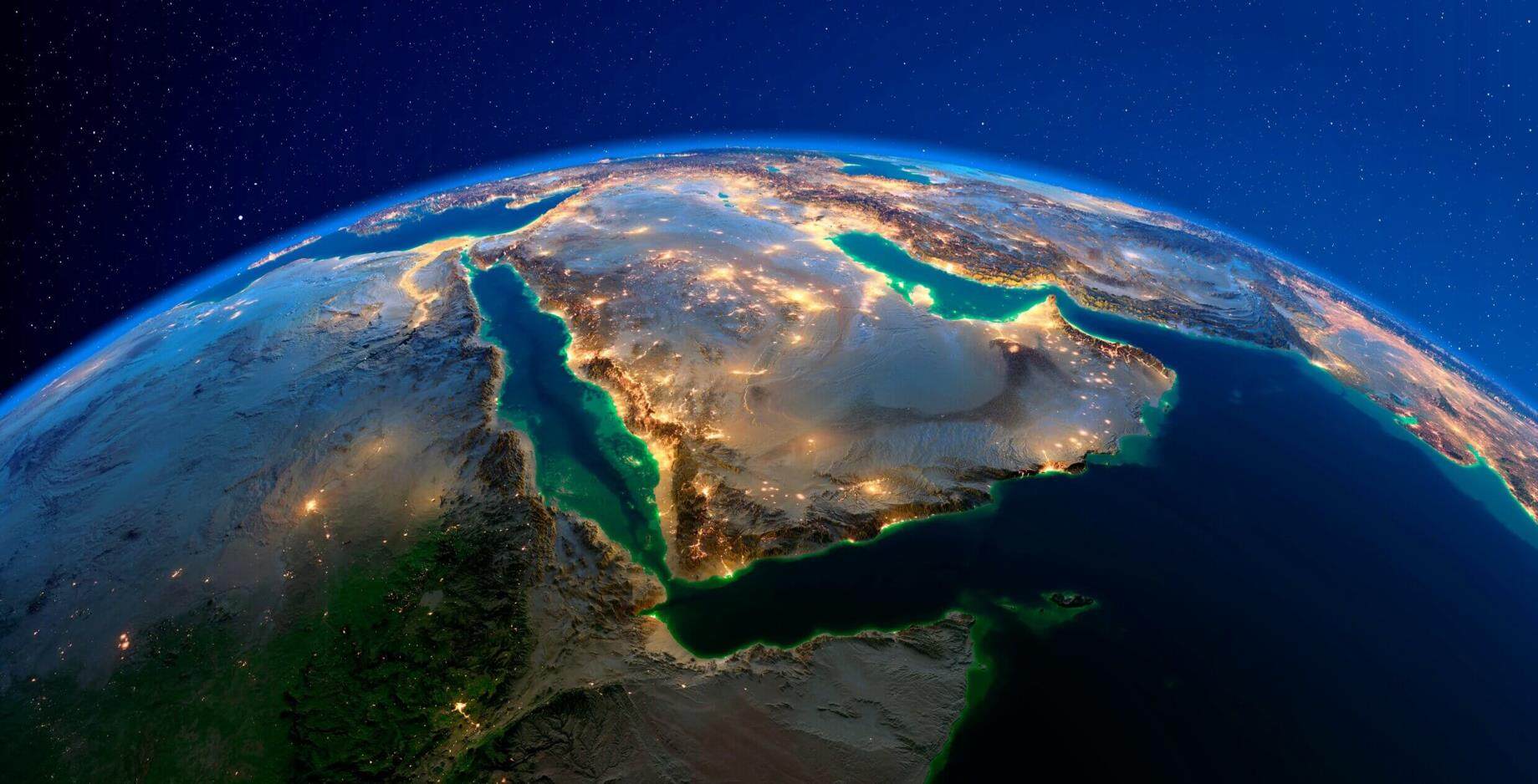
Oman is seeing green hydrogen as a way to achieve economic diversification and using its geographic location between Asia, Africa and Europe to ultimately export clean energy. Therefore, Oman’s green hydrogen projects are mainly located in major port areas: Oman and Belgian partners have conducted a feasibility study of a 250- to 500-megawatt electrolyzer hydrogen production plant, indicating that it may be upgraded later.
The Port of Amsterdam Partnership and Port Sohar announced in November 2020 that they intend to promote the country's first industrial-scale green hydrogen plant at an industrial port on the coast of Batinah in Oman. Sohar hopes to become the global center of "Future Energy" and encourages the use of green hydrogen to power heavy industries, including steelmaking.
The development of green hydrogen in the Middle East and North Africa is an inevitable trend
In summary, the interest of Middle Eastern countries in green hydrogen is of great significance both in terms of energy and geography. In fact, most countries in the region have abundant solar energy, and many of them also have wind energy, which provides them with a geographical advantage to start producing green hydrogen. In addition, production costs are expected to be lower than in Europe, competing with gray hydrogen prices, and transportation technology concentrates a large amount of current scientific research and does not need to modify the existing infrastructure, which means that transportation costs will also gradually decrease. The second reason is energy, because oil-importing countries can use renewable energy, especially green hydrogen, to replace a significant portion of their energy bills. For oil producers and exporters in the region, European countries’ transition to green hydrogen is prompting some countries to follow the same energy transition in order to maintain their competitiveness in the energy export market.Editor/XingWentao
Comment
 Praise
Praise
 Collect
Collect
 Comment
Comment
 Search
Search



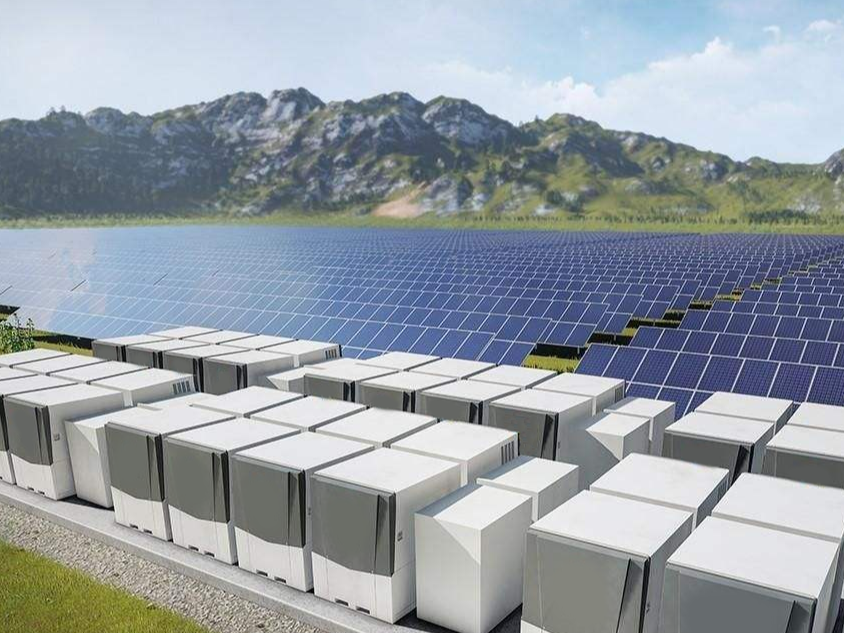

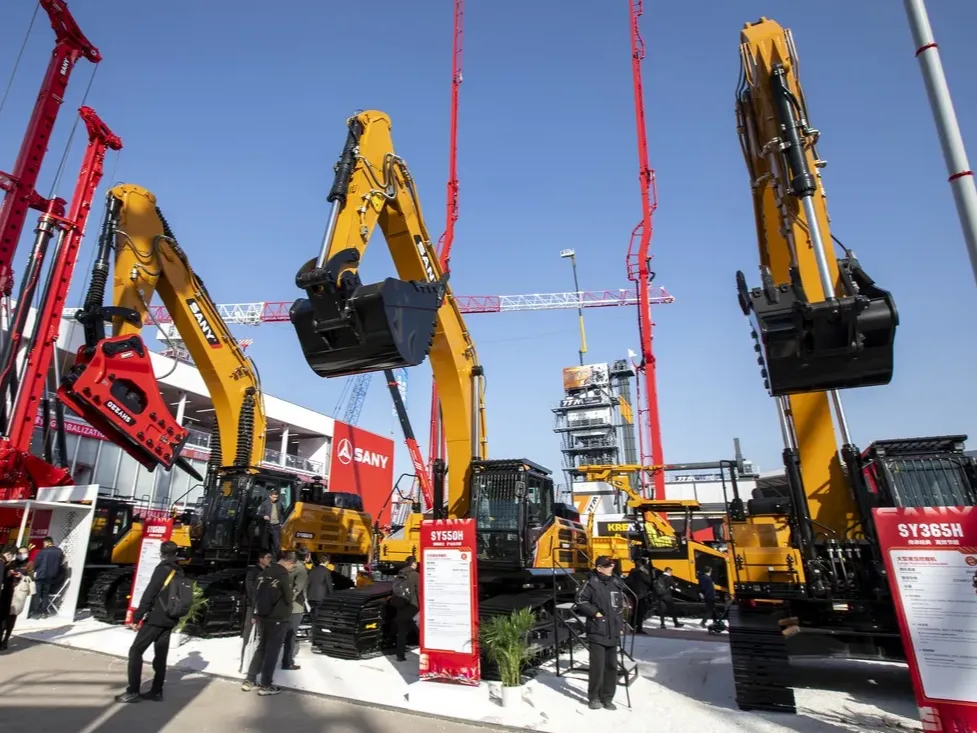
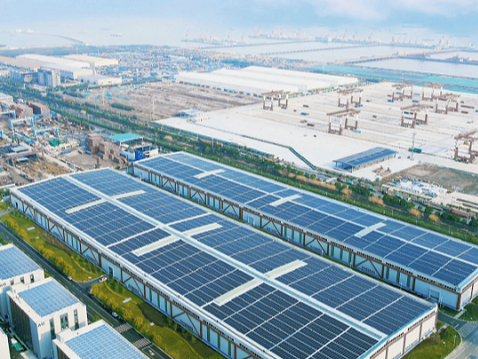
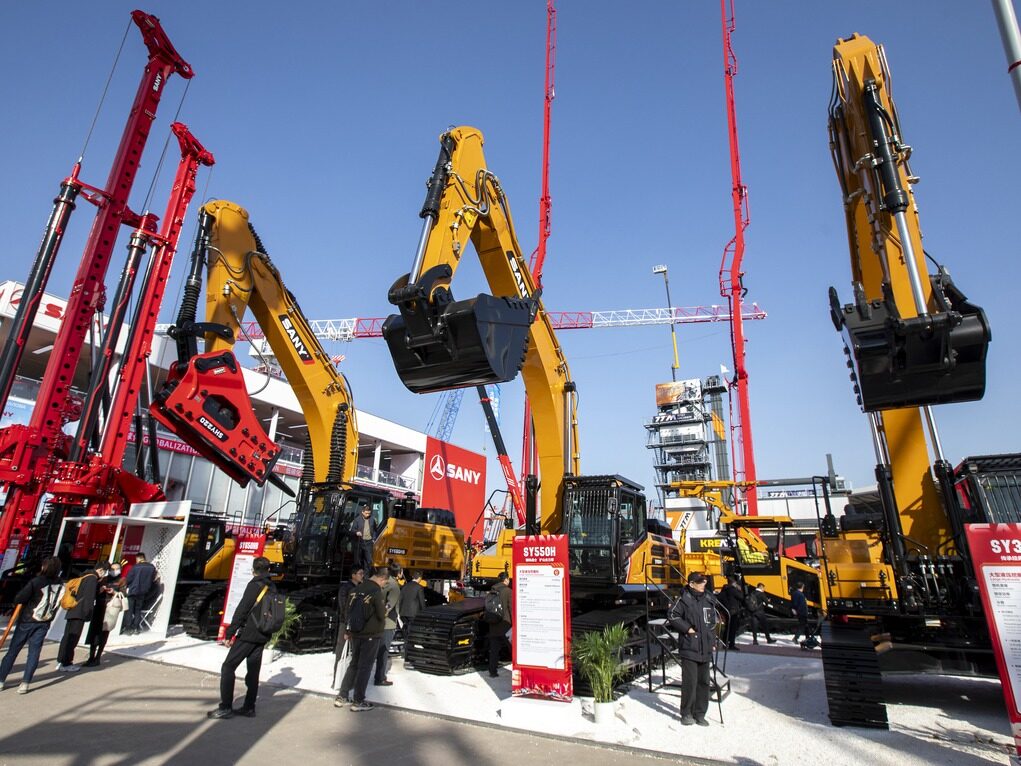






Write something~